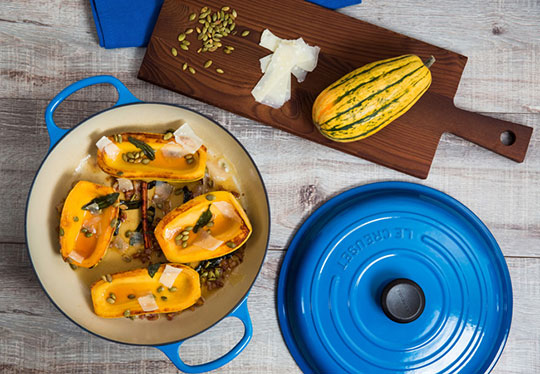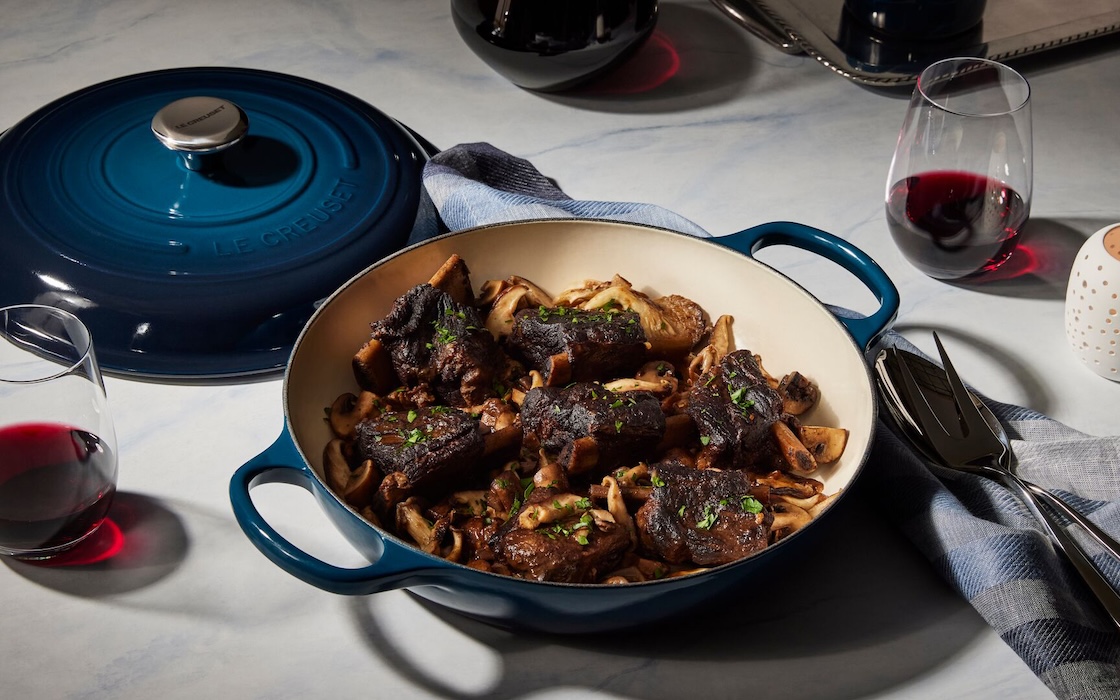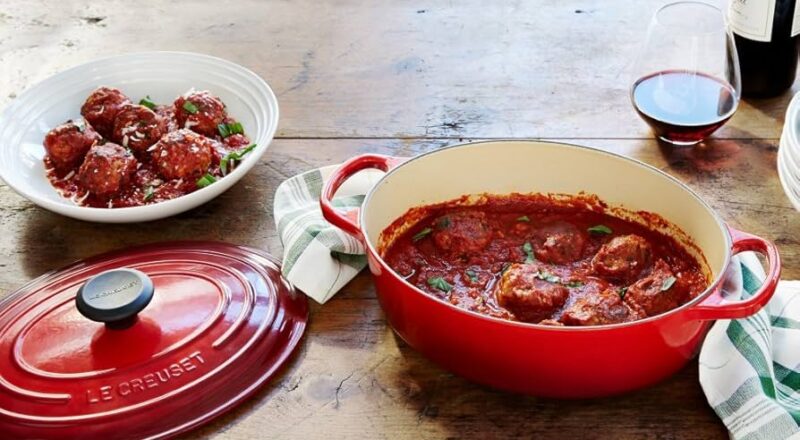In the world of cooking, selecting the right cookware is crucial to achieving culinary success. Two popular options for slow cooking and braising are the cast iron braiser and the stew pot. Understanding the differences between these two can help you make an informed decision about which is best for your kitchen. In this article, we’ll explore the cast iron braiser vs stew pot, shedding light on their unique features, benefits, and uses.

Understanding Cast Iron Cookware
Cast iron cookware has been a staple in kitchens for centuries, known for its durability and excellent heat retention properties. The cast iron braiser and stew pot are two popular choices that offer distinct advantages for various cooking techniques.
What is a Cast Iron Braiser?
A cast iron braiser is a versatile piece of cookware designed for browning, braising, and simmering. It features a wide base and shallow sides, making it ideal for cooking dishes that require slow and even heat distribution. The tight-fitting lid helps to lock in moisture, enhancing the flavors of your culinary creations.
What is a Stew Pot?
A stew pot, on the other hand, is a deeper vessel with higher sides. It’s perfect for cooking soups, stews, and other liquid-based dishes. The design allows for ample space to accommodate larger quantities of ingredients, making it a great choice for batch cooking or family meals.
Comparing Cast Iron Braiser and Stew Pot
Heat Distribution and Retention
Both the cast iron braiser and stew pot excel in heat distribution and retention. However, the braiser’s wider base allows for more even browning, while the stew pot’s depth is advantageous for prolonged simmering.
Cooking Techniques
The cast iron braiser is perfect for searing meats and creating a flavorful crust before simmering, whereas the stew pot is ideal for slow-cooked dishes that require a longer cooking time. Braiser vs Casserole Pot comparison can provide further insights into their uses.
Versatility in the Kitchen
While both the cast iron braiser and stew pot are versatile, the braiser’s wide surface area makes it suitable for a range of dishes, from roasted vegetables to casseroles. The stew pot’s depth, however, limits its use to more liquid-based meals.
Choosing the Right Cookware for Your Needs
Consider Your Cooking Style
When deciding between a cast iron braiser and a stew pot, consider your cooking preferences. If you enjoy experimenting with different cooking techniques and flavors, a braiser might be the better choice. If you frequently prepare soups and stews, a stew pot would be more beneficial.
Space and Storage
Space is another factor to consider. The cast iron braiser is more compact and easier to store than a bulkier stew pot, making it a practical option for smaller kitchens.
Durability and Maintenance
Both the cast iron braiser and stew pot are highly durable but require proper maintenance to prevent rusting. Learn how to prevent rust on your cast iron braiser for longevity.
FAQ Section
Can you use a cast iron braiser for baking?
Yes, a cast iron braiser is suitable for baking due to its excellent heat retention. It’s perfect for dishes like bread and cobblers.
What are the benefits of using a stew pot?
A stew pot is ideal for making soups and stews, offering ample space for ingredients and allowing for even heat distribution.
How do I clean my cast iron braiser?
Clean your cast iron braiser by handwashing with warm water and mild soap. Avoid using metal scouring pads to prevent damage. For more detailed instructions, visit how to clean cast iron braiser.

Conclusion
Choosing between a cast iron braiser and a stew pot ultimately depends on your cooking style and the types of dishes you frequently prepare. Both pieces of cookware offer unique advantages that can enhance your culinary experience. Whether you’re searing meats or simmering stews, having the right tool for the job makes all the difference in the kitchen.
For further insights and comparisons, consider visiting this helpful guide on braisers. Additionally, explore the culinary possibilities of a braiser with this batch cooking guide.
This article contains affiliate links. We may earn a commission at no extra cost to you.

